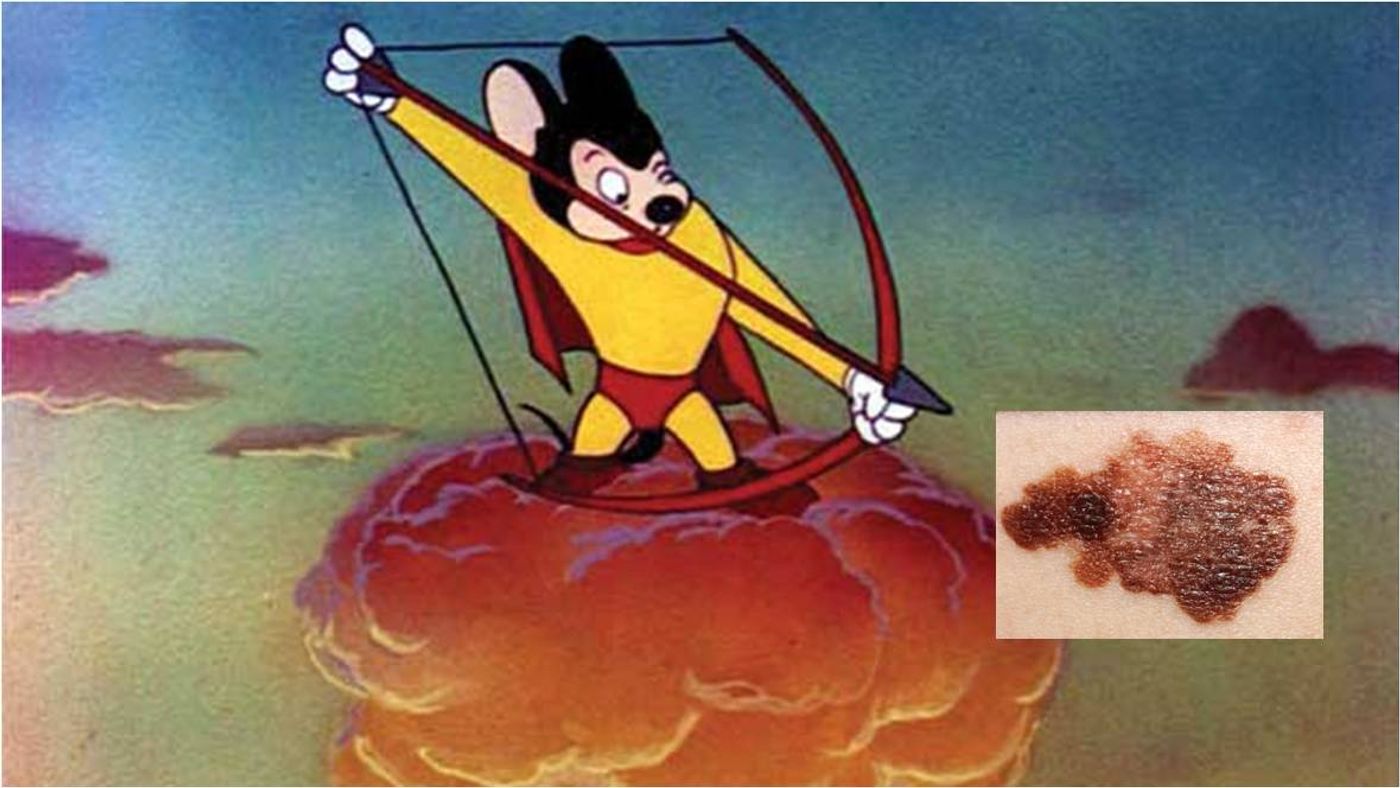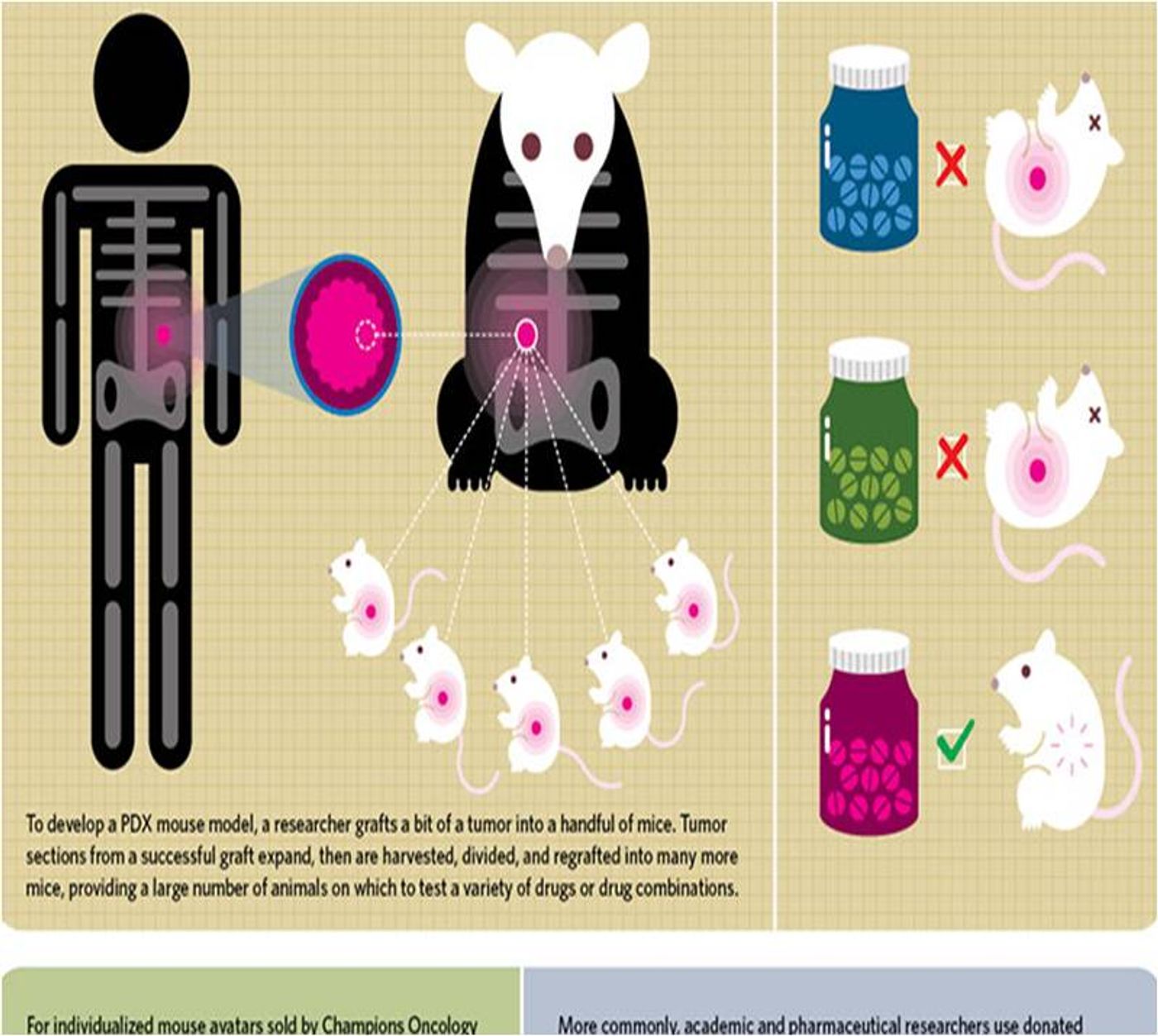Mouse models are
essential to medicine and research, as they allow researchers to explore many biological processes that are otherwise impossible to do in people. The answers from using these mouse models often inform us on the best course of action for human health and disease. Using mouse models as personalized “avatars” for human melanoma cancer, scientists found the right targets and drug combinations to successfully stop tumor growth.
One of the biggest challenges in treating melanoma, skin cancer, is the high probability of relapse after initial treatment success. In about 50% of melanoma cases, the cancer is caused by an activating mutation in the BRAF gene that signal cells to grow and divide uncontrollably. Patients who receive drugs that specifically inhibit BRAF initially respond quite well, but many of those patients inevitably suffer relapse as the cells adapt and acquire new mutations. Essentially BRAF inhibitors stop working once the cancer cells figure out different “escape routes” to this drug.
“There are about fifteen routes of escape that we’ve identified in melanoma patients, and it is never easy to predict which one will be used in any given patient,” said
Meenhard Herlyn, D.V.M., D.Sc., director of the Melanoma Research Center and Caspar Wistar Professor in Melanoma Research at The Wistar Institute, and lead author of this study. “These melanoma cells will do anything to get reactivated.”
To predict other mutations, i.e. escape routes, is to have the upper hand on cancer. And to do this, the research team turned to personalized mouse “avatars” – animals that have actual tumor samples from patients implanted in them. The method is officially called Patient-Derived Xenografts — from the Greek “xenos” meaning “foreign”— and has been revolutionizing cancer research since it was
first described in 1988. As the tumor cells grow in the mouse avatars, the researchers can test for new mutations, identify different targets, and test different combinations of drugs to halt tumor progression.
In the study, published in
Clinical Cancer Research, Herlyn and his team implanted tumors from patients who were initially treated with a BRAF inhibitor and then relapsed. Genetic screens of the avatar mouse models revealed mutations in other genes, such as
NRAS,
MAP2K1, and
MET – all possibly contributing to escape routes for the cancer.
Based on this information, the team tested a combination of drugs that simultaneously inhibit three key genes: MET (capmatinib), BRAF (encorafenib), and MEK (binimetinib). Though the individual drugs show modest anti-cancer effects, the drugs in combination showed complete and sustained tumor regression in all of the tested animals.
While the findings need to be confirmed in larger trials, this preliminary “pre-clinical trial” in the mouse avatars is highly promising for melanoma research. If the results hold true in human trials, BRAF inhibitors in conjunction with MET inhibitors may strengthen the response and increase overall survival for a subset of melanoma patients.
Curious on how melanocytes turn into melanoma? Watch the animation to find out!
Additional source:
The Wistar Institute press release










